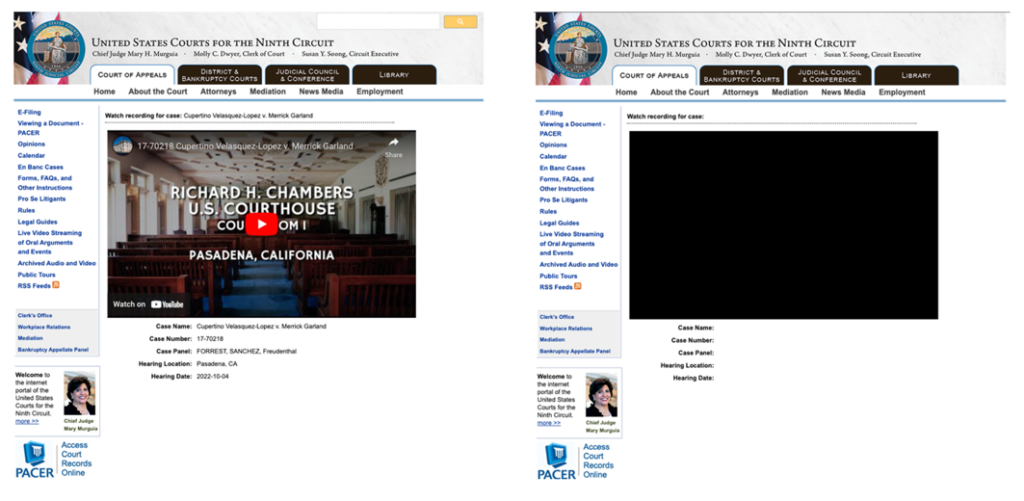Imagine waking up in the morning, grabbing your hot cup of coffee, and scrolling your favorite blog post or website, only to find it looking like this:

Images are missing. Video content is not there. Nothing but an empty black void staring back at you.
This is what could happen if a recent case brought to the 9th Circuit Court of Appeals, Hunley v. Instagram, brings about a change to how content can be shared around the Internet.
Two weeks ago, the Internet Society filed an amicus curiae brief to represent the Internet in this significant court case. This is the first filing from the Internet Society‘s Amicus Program, designed to give the Internet a voice in important court cases.
Through amicus briefs, the Internet Society can draw attention to issues or arguments that the parties involved in a lawsuit are unlikely to raise themselves, helping courts understand the potential impacts of their rulings on the digital world.
In Hunley v. Instagram, several photographers are suing Instagram for copyright infringement, that is, when someone copies content without a license or fair use defense in the United States. Hunley, as the plaintiffs—the ones doing the suing—claim that Instagram is guilty of copyright infringement by allowing others to embed photos on other websites.
They are saying that in addition to grabbing the “embed code”—a short snippet of web code that allows embedding content into another page—website designers and users should also have to negotiate a copyright license to display the embedded content. This would drastically change how we build and use services online.
While this specific case is about embedding images around the web, a ruling in favor of the plaintiffs could easily make it more difficult to embed anything in other contexts around the Internet, not just the web.
The ability for a content creator to embed code or instructions for others’ web browsers to access images, videos, services, etc., from somewhere else online exemplifies the Internet’s generative and modular capacity. Embedding enables the creation of content that is more accessible to more people. Embedding is found across many different aspects of the Internet, with around 95% of all sites embedding third-party content (source: Web Almanac).
For example, the 9th Circuit Court’s own website embeds videos stored on YouTube servers. Below, you will see two screenshots of a typical oral argument page on the Court’s website, one with and one without embedding. Key features of the website clearly no longer work.

Even emails and Internet-based text message applications frequently embed content from third-party servers. Moreover, website creators may embed code to incorporate enhanced functionality into their websites, for instance, translation functionality, video captions, or CAPTCHA functionality intended to secure websites.
The Internet was built to be built upon, and assembling different components, known as modularity, and ensuring a common set of principles about how systems can be assembled to make new systems, known as generativity, are core aspects of our digital world. Our Internet experience would be a mere shadow of what it is today if we could not embed other content, services, and resources.
Do you believe in defending the Internet as we know it today, with easy access to content? Read the brief we filed, and help spread the word, embedding matters! #EmbeddingMatters
Image credit: Chuttersnap on Unsplash

